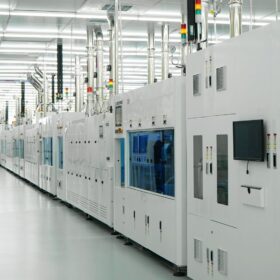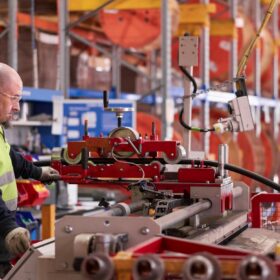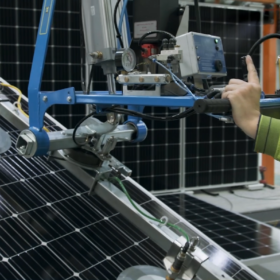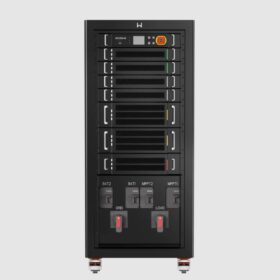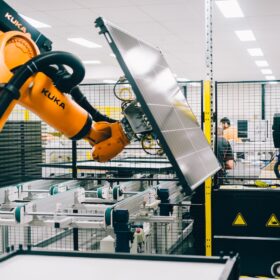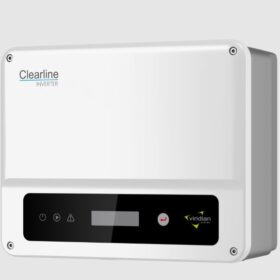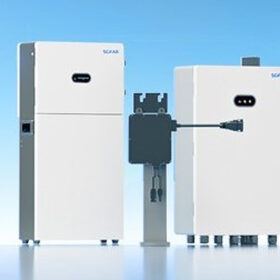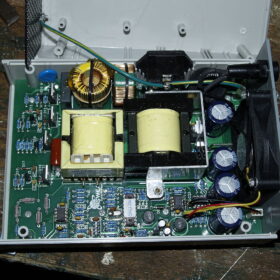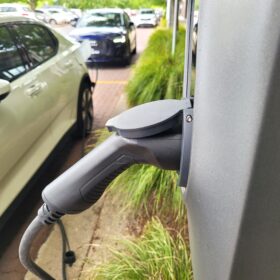Weekend Read: Deployment trumps manufacturing in EU priorities
A lack of clear policy support, raw material dependency, and higher production costs are inhibiting the localisation of European solar manufacturing, despite strong demand, writes Edurne Zoco, executive director for clean energy technology at S&P Global.
Vena launches Indonesia production plan to support solar, storage ‘megaproject’
Singapore-based developer Vena Energy has announced it will investigate opportunities to manufacture solar panel components and battery energy storage systems in Indonesia to support a hybrid megaproject featuring up to 2 GW of solar capacity and more than 8 GWh of energy storage.
Report tips $138 billion to keep Australia in manufacturing race
The Australian government needs to commit up to $138 billion (USD 90 billion) over the next decade to support manufacturing of renewable energy-related equipment or risk the country being left behind in the race to develop the technologies and manufacturing capacities needed to prosper from the global energy transition.
New grid-forming inverter concept based on bee colony algorithm
Scientists in China have proposed to use an algorithm that simulates the behaviour of foraging bees to shape a new grid-forming inverter design. The approach is designed for both grid-connected and islanded inverters.
Australia invests $50 million to expand clean energy supply chains
The Australian government has committed $50 million to support the development and diversification of clean energy supply chains in the Indo-Pacific as it seeks to increase manufacturing opportunities and enhance energy security in the region.
GoodWe unveils new inverters for C&I applications
China-based GoodWe has developed two new solutions – the ETC 100 kW hybrid inverter and the BTC 100 kW retrofit battery inverter – for commercial and industrial solar applications.
APVI to plot path for Australian solar manufacturing industry
The Australian government has launched a new study that will explore opportunities for onshore manufacturing of solar panels and components in a bid to strengthen solar supply chains and better support the country’s energy transformation.
Viridian Solar presents new residential inverters
Viridian offers five versions of its new residential inverters, with power outputs ranging from 1 kW to 3 kW and an efficiency ranging from 97.2% and 97.6%. The European efficiency is 96.4% to 97.2%.
Sofar unveils new microinverter series
Sofar, a China-based inverter and battery manufacturer, has introduced a new series of microinverters for balcony solar arrays and rooftop PV systems. They have a 97.5% efficiency rating and offer between 500 VA and 2,400 VA of rated power.
Impact of solar module soiling on grid-forming inverters
New research from Serbia claims air-polluted urban climatic conditions may not only induce maximum power point (MPP) tracking problems in PV systems but also reduce power yield by up to 30%. The scientists also said that soiling may significantly affect the functionality of single-stage inverters operating in grid-forming mode.

